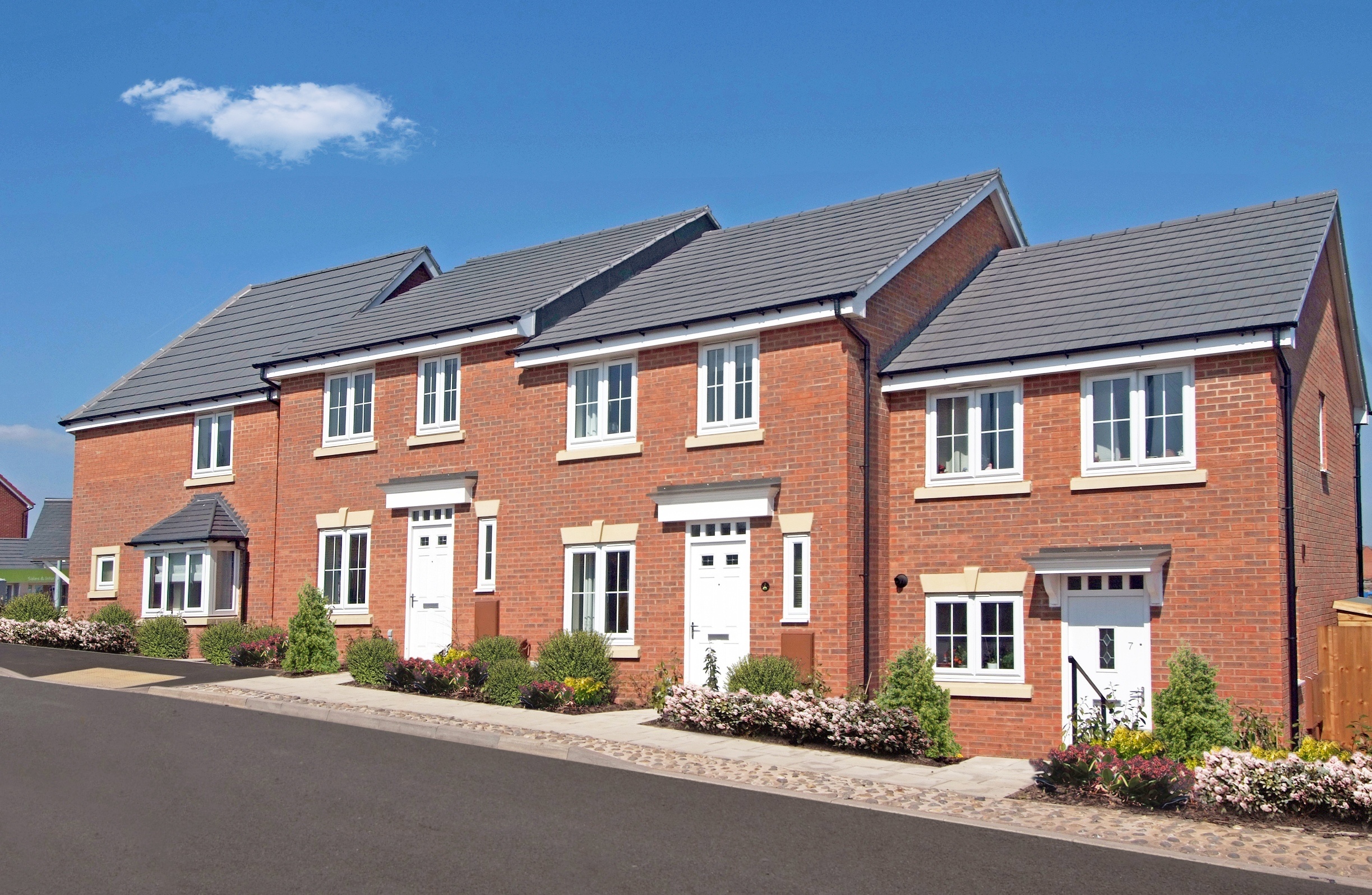Constructing a new home is an exciting journey filled with numerous decisions and aspects. As more people recognize the influence of their choices on the environment, adding eco-friendly features into new home construction has achieved great importance. These features not only promote sustainability but can also lead to long-term savings and a healthier living environment for you and your family.
In this article, we will explore multiple eco-friendly features to consider during the construction of your new home. Including energy-efficient design and smart home technology to the use of sustainable materials, these elements can enhance the overall appeal and functionality of your home while helping the planet. Whether you are envisioning your dream house or reviewing options, including these eco-friendly features can make a significant difference.
Building Roadmap and Preparation
When initiating the process of building a modern home, establishing a concise timeline is vital for a successful project. The planning phase usually involves detailing the design, choosing materials, and obtaining necessary permits. This basis lays the underpinning for the entire construction and helps ensure that the project stays on time. Engaging with New Home in Southern Highlands and builders early on can promote a more streamlined coordination process, enabling you to anticipate hurdles that may happen.

Once the initial planning is finalized, the next step is to create a detailed construction timeline. This timeline maps out key milestones, from commencing construction to the final inspection, allowing you to track progress and manage resources appropriately. Understanding how long the building process takes can vary based on several factors, such as weather conditions and the difficulty of your design. It's wise to maintain clear lines of interaction with your contractor and remain updated about any potential delays that could alter your schedule.
Finally, as your project develops, regular assessments of the timeline can assist you to adjust to any unforeseen changes. Factors such as labor availability and material delays can lead to variations in the schedule, so adaptability is key. By maintaining a forward-thinking approach to preparation and reviewing your timeline, you can ensure that your new home is built smoothly, lessening stress and enhancing satisfaction as you move closer to your completion date.
Materials and Styling Choices
When building a new home, the choices you make regarding components and layout are essential in achieving an eco-friendly construction. Sustainable materials, such as bamboo flooring, recycled metal roofs, and reclaimed wood, not only minimize environmental effects but also offer unique aesthetics. Selecting components with low VOCs can significantly enhance indoor air quality, making your home safer. Additionally, incorporating energy-efficient windows and insulation materials can lower heating and cooling costs, contributing to a more eco-conscious living space in the long run.
Design selections also play a key role in improving the eco-friendliness of your new home. Opting for an open floor plan can maximize natural light and ventilation, reducing reliance on artificial lighting and climate control. Furthermore, adopting passive solar design principles will enable the home to effectively use sunlight for heating effectively, minimizing energy consumption. These design strategies not only promote sustainability but also create a more inviting and comfortable home environment.
Finally, attention of outdoor elements is equally crucial when selecting materials and design. Sustainable landscaping, such as drought-resistant landscaping or using native plants, can significantly decrease water usage. Additionally, installing permeable paving for driveways and walkways allows rainwater to be absorbed into the ground, reducing runoff and erosion. When selecting exterior components, think about options that are durable and require minimal maintenance, as this can reduce waste and prolong the durability of your home. By thoughtfully considering both components and styling selections, you can create a fresh home that is both stylish and eco-conscious. spintax ### Tips for Financing and Budgeting
When planning the financial aspects of building a new home, it is crucial to create a detailed budget that accounts for all possible costs. Beyond just the construction expenses, factor in land acquisition, permits, and utility connections. It is also necessary to account for unexpected costs that may occur during construction, which can be mitigated by designating a contingency fund. Careful planning and practical budgeting can help you avoid financial strain.
Choosing the right financing option is key in ensuring the smooth execution of your project. Investigate various loan types, such as construction loans or traditional mortgages, and understand the terms associated with each. Collaborating with financial advisor or mortgage broker can provide guidance into the ideal options available for your specific situation. Comparing interest rates and understanding the effects of change orders on your finances will also play a significant role in your budgeting process.
Lastly, always adjust your budget throughout the construction process. As you make decisions about materials, upgrades, and finishes, monitor your spending and how it aligns with your initial estimates. This ongoing assessment will help you maintain monetary oversight and make informed choices if adjustments are necessary. Prioritizing communication with your builder about budgeting can guarantee that all parties are on the same page as you make progress towards your dream home.
